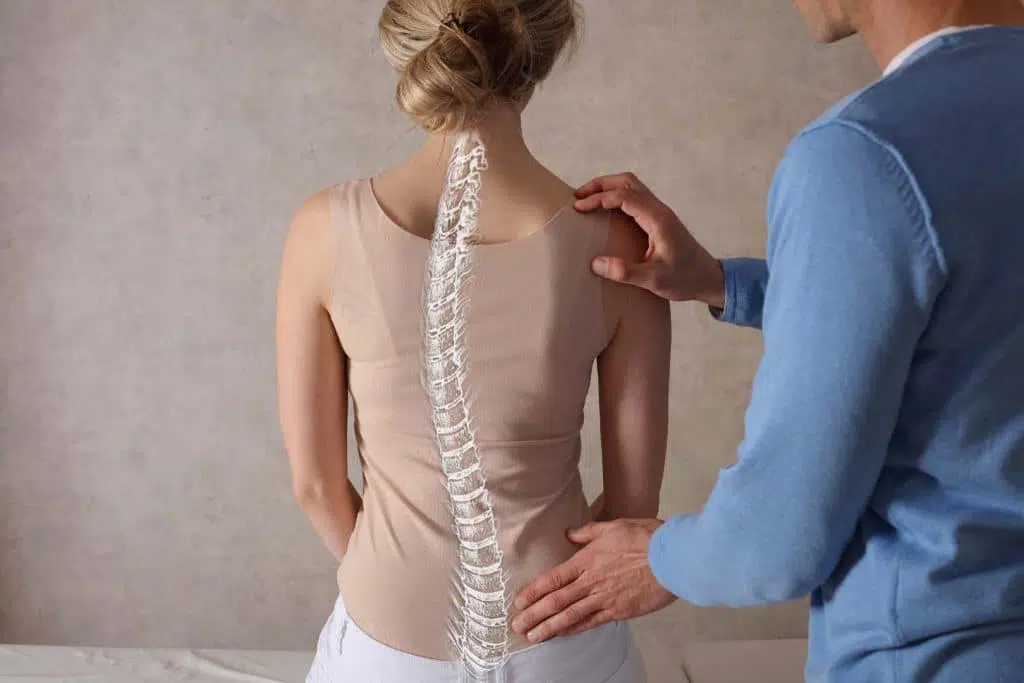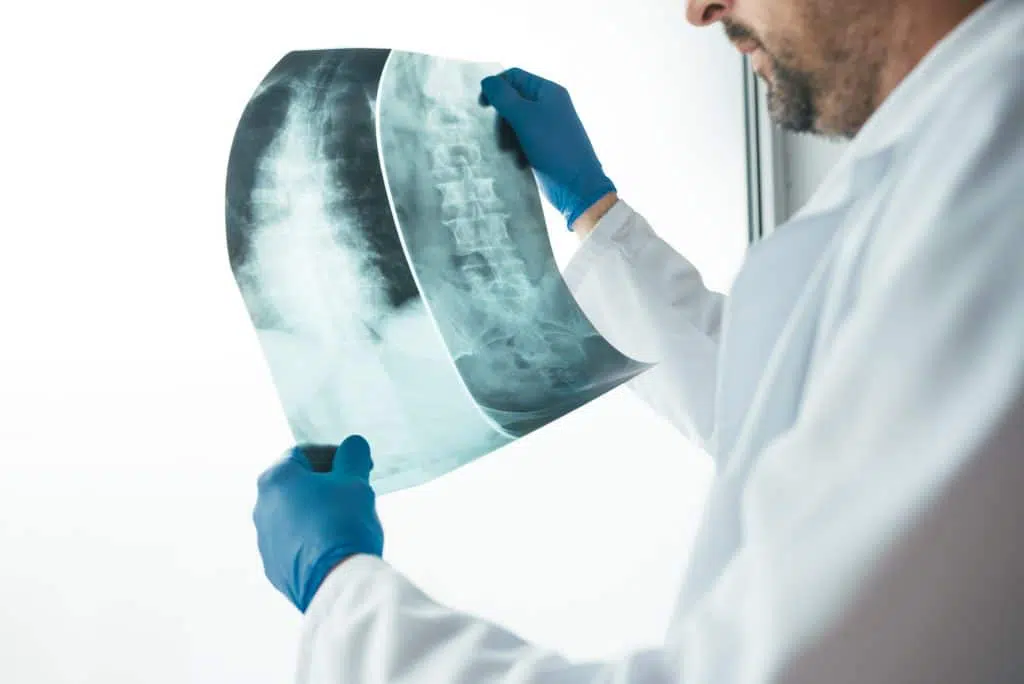Call Now!
Torrance Office: +1 (424) 360-0155

Spine pain is often the result of injury, congenital disorder, or degenerative condition. The spine is essential for everyday movement and pain can disrupt sleeping, walking, working, and recreational activity.
Our spine specialists have helped a wide variety of patients find relief through non-invasive and spine surgical treatment options for chronic pain and complex conditions, including back pain, degenerative disc disease, spinal stenosis, herniated disc and more.
Rolling Hills Medical has an experienced team of spine doctors in our Torrance, CA clinic including, orthopedic surgeons, rehabilitative specialists, neurologists, and more.
Whether you are looking for minimally invasive spine surgery or nonsurgical treatment such as spinal injections, our team of spine specialists are here to help you eliminate pain and get your life back on track.
The spine is crucial to stability and movement, but defects at birth, injury, or chronic conditions may cause pain, stiffness, and immobility. Spine conditions often cause radiating pain to nearby areas including the neck, arms, hips, and legs. Common spine conditions include:
Degeneration of the joint and disc cartilage in the cervical and lumbar spine. Osteoarthritis can produce bone spurs that put pressures on nerves and causes pain and weakness in the in the extremities.
The facet joints in the spine provide stability and experience constant repetitive motion. Inflammation of the facet joints can cause pain, stiffness, and immobility. Pain is more extensive after long periods of inactivity and can be exacerbated by poor posture.

A wear and tear condition that causes drying out or cracking of the cervical and lumbar spinal discs. Degenerative disc disease can often cause weakness, numbness, and radiating pain through the arms and legs. We generally, see this condition in older populations and also in those who have played many sports throughout their lifetime. Many Athletes who play high impact sports see this injury.
Small cracks in the vertebra are also known as spondylolysis and appear most often in the lumbar spine. Most stress fractures occur in the “pars interacticularis”, the thin portion of bone connecting the upper and lower facet joints.
Spondylolysis often weakens the vertebra and affects the integrity of the spine. Spondylolisthesis is a disorder where the fractured vertebra slips forward over the vertebra beneath it
A spinal disc condition that occurs when the soft inner core leaks through a crack, causing irritation to nearby nerves. The leaked proteins cause irritation and inflammation, resulting in pain, weakness, or numbness.
A condition characterized by the irregular curvature of the spine. Most mild cases can be treated non-invasively to help realign the spine. However, severe scoliosis can cause immense pain and be disabling, requiring surgery to correct.
The narrowing of the spinal column can put pressure on the spinal cord, causing pain, numbness, and problems with balance. Spinal stenosis is often the result of wear-and-tear, herniated discs, thickened ligaments, or other spinal conditions.
Kordosis is the excessive curvature outward of the spine that causes a hunchback, whereas lordosis is characterized by the excessive inward curvature of the spine.
A bone disease that causes bone weakness and brittleness. Osteoporosis causes bone loss, resulting in abnormal tissue structure and reduced denseness.
The sacroiliac joint connects the spine to the hip, providing support, stability, and mobility. Damage or injury to the sacroiliac joint causes pain in the lower back and buttocks.
The sciatic nerve starts in the lower back down and runs down each leg. Sciatica is pain in the nerve, often caused by nerve compression caused by a herniated disc, bone spur, or spinal stenosis.
Spine surgery can seem daunting for many patients, which is why our team of specialists works with each patient to encourage non-surgical treatments first. Conservative spine pain therapies may involve chiropractic care, physiotherapy, rehabilitation, anti-inflammatory drugs, and epidural injections.
Depending on the severity of the spine condition, your doctor may recommend spine surgery. Rolling Hills Medical is a leader in advanced surgery techniques, relying on minimally invasive arthroscopic surgery when possible. Minimally invasive spine surgeries offer several benefits for patients, including smaller incisions and less tissue damage, resulting in shorter hospital stays and quicker rehabilitation. Common spine surgeries and back pain treatment include:

